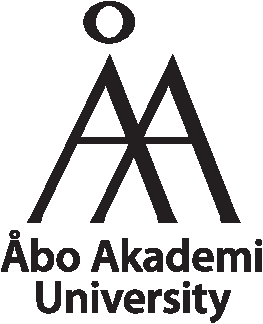About the Core
The Turku Screening Unit is affiliated with four laboratories from across the bioscience campus in Turku, to provide services spanning from virtual screening, structure determination and medicinal chemistry through protein, cell and organoid screens to small animal model screens.
The Neuronal Signalling Laboratory at Turku Bioscience focuses on development and application of optical methods to monitor and perturb signalling pathways in cell and tissue models of disease, and to analyse cell and tissue.
The High Content Screening Laboratory at the Institute of Biomedicine of the University of Turku combines advanced 3D organotypic culture models for oncology with tailored high-content analysis solutions to extract biologically relevant parameters indicative of tumour progression and invasion.
The MedChem.fi laboratory at the Institute of Biomedicine of the University of Turku is headed by Professor Olli Pentikäinen and provides expertise in virtual screening and optimisation of molecules used in both screens and in target validation methods.
The Structural Bioinformatics Laboratory at Åbo Akademi University offers expertise in protein-ligand interactions and computational methods for structural bioinformatics to solve complex biological problems in protein structure, function, evolution and molecular interactions.
Collaborations
The core collaborates with:
- FFGC for the use of Thermo QuantStudio instrumentation for Differential Scanning Fluorimetry and Fragment-based screens
- Mathematicians for deeper analysis of spatiotemporal parameters and of multiplexed signalling assays from high-throughput imaging datasets (see Robinson and Courtney, 2018)
Research and Development
The core facility is active in establishing both previously reported methods and developing novel methods for the benefit of facility users. For example, we have:
- developed multiple high-sensitivity protein-protein interaction inhibitor screening methods applicable to proteins in cell-free conditions and in intact cells, allowing screening of protein pairs that are difficult generate, purify or use from recombinant systems
- developed a novel design approach for imposing optical regulation on short peptide inhibitors
Currently we work on the generation of new optical actuators (cellular optogenetics) and reporters and aim to find more efficient ways to implement them for use on biological material analysed by imagers and other measurement devices.
References
Robinson S, Courtney MJ. Spatial quantification of the synaptic activity phenotype across large populations of neurons with Markov random fields. Bioinformatics. 2018 Apr 20. doi: 10.1093/bioinformatics/bty322. PubMed PMID: 29897415.; PubMed Central PMCID: PMC5988776 PMID: 29897415.



